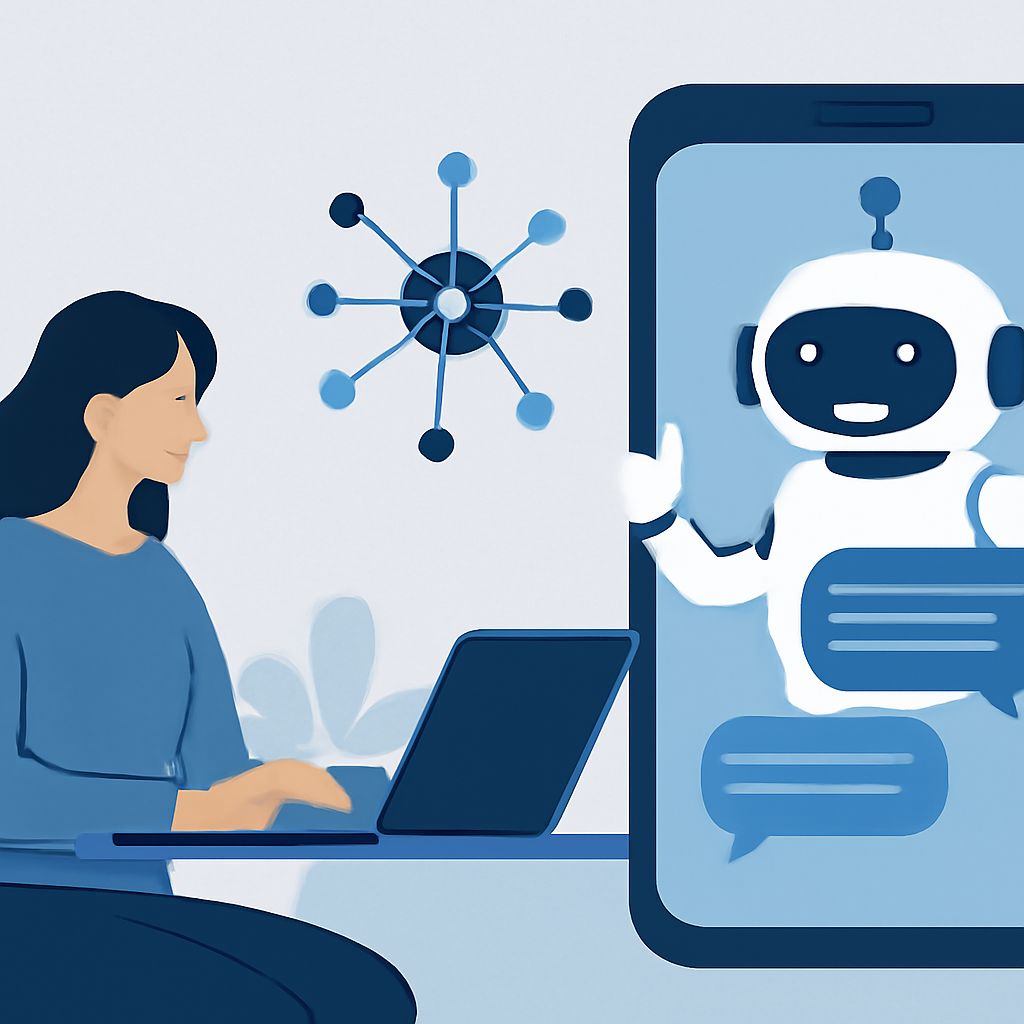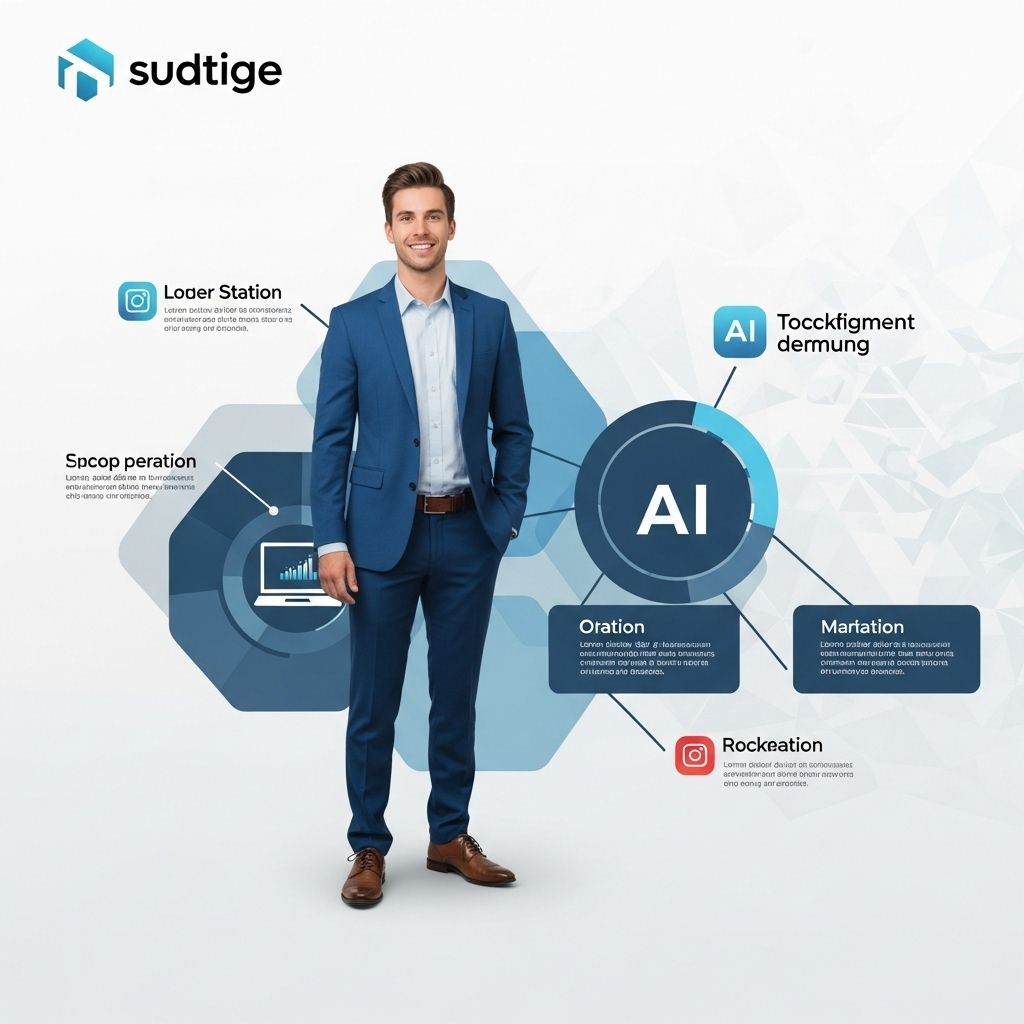An Introduction to Chatbot Automation
In today’s fast-paced digital world, customer service is undergoing a significant transformation with the introduction of chatbot automation. Businesses are leveraging advanced technologies to improve customer interactions and enhance overall satisfaction levels. But what exactly is chatbot automation, and how is it revolutionizing the landscape of customer service?
Chatbot automation refers to the use of artificial intelligence (AI) and natural language processing (NLP) technologies to automate conversations with customers. These intelligent virtual assistants are designed to handle a variety of tasks traditionally managed by human agents, providing instant responses, 24/7 support, and personalized solutions. With these capabilities, chatbots have become indispensable tools in the modern business toolkit, facilitating seamless communication and engagement.
Beyond merely responding to queries, chatbots are evolving into sophisticated systems capable of understanding context and providing nuanced assistance. They can engage in meaningful dialogues, guide users through complex processes, and make data-driven recommendations. This evolution marks a pivotal shift in how businesses perceive and utilize AI technology in customer service.
The Benefits of Chatbot Automation in Customer Service
Companies across various industries are recognizing the numerous benefits of integrating chatbot automation into their customer service operations. Here are some key advantages:
- Improved Efficiency: Chatbots can handle multiple inquiries simultaneously, dramatically reducing response times and freeing up human agents to focus on more complex issues. This not only accelerates the service cycle but also enhances the overall productivity of customer service departments.
- Cost Savings: By automating repetitive and time-consuming tasks, businesses can significantly decrease operational costs while maintaining high service standards. Fewer manpower requirements translate to substantial savings, financial resources which can be reallocated to other vital aspects of business development.
- Consistency: Chatbots provide consistent service to every customer, eliminating the risk of human error and ensuring that each interaction aligns with company protocols. This consistency helps in building a reliable brand image and customer trust.
- Scalability: As businesses grow, the demand for customer support scales upwards. Chatbots provide an easily scalable solution that can handle increased volume without necessitating proportional increases in staffing.
- Data Collection and Analysis: Chatbots are excellent tools for gathering customer data during interactions. This data can be analyzed to extract insights into customer behavior and preferences, helping businesses tailor their offerings and improve services.
Implementing Chatbots for Enhanced Customer Experiences
Integrating chatbots into customer service strategies not only streamlines operations but also enhances the overall customer experience. Here are some ways chatbots improve interactions:
- 24/7 Availability: With chatbots, customers can access support whenever they need it, regardless of time zones or business hours, leading to increased satisfaction and loyalty. This constant availability ensures that no customer query is left unanswered, which is critical in today’s competitive market.
- Personalization: Chatbots can be programmed to remember past interactions and tailor responses based on customer history and preferences, creating a more personalized experience. By understanding customer preferences, chatbots can suggest relevant products or services, enhancing the value proposition.
- Instant Communication: Unlike human agents who may need time to review information, chatbots provide instant responses, satisfying customers’ demand for quick and efficient communication. Instantaneous replies improve the customer’s experience by eliminating wait times.
- Enhanced Customer Engagement: Chatbots can be programmed to proactively engage with customers, sending them personalized offers, updates, or reminders based on previous interactions and identified needs.
- Seamless Transition to Human Agents: When chatbots encounter complicated situations beyond their designed capacity, they can efficiently transition the conversation to human agents, providing the necessary context to ensure continuity in communication.
Best Practices for Implementing Chatbots
The successful implementation of chatbots involves more than just choosing the right technology; it entails strategic planning and execution. Here are some best practices:
Define Clear Objectives
Determine what you want to achieve with your chatbot. Whether it is to deflect calls from the contact center, improve customer engagement, or increase sales conversions, having clear goals will guide the development process.
Choose the Right Platform
Select a chatbot platform that aligns with your business needs and offers integration capabilities with your existing systems. Consider factors like ease of use, support, scalability, and customization options.
Create a Comprehensive Knowledge Base
A chatbot is only as good as the information it’s fed. Provide it with a detailed and up-to-date knowledge base from which it can draw answers, ensuring customers receive accurate and relevant information.
Continual Monitoring and Improvement
Implement analytics to track the chatbot’s performance. Use these insights for continuous improvement, adapting to new trends and addressing any identified deficiencies.
The Future of Chatbot Automation in Customer Service
As technology advances, the capabilities of chatbots are poised to expand even further. We can expect a future where chatbots become more intuitive, understanding not just textual inquiries but also interpreting voice and sentiment, ultimately creating more human-like experiences. The integration of machine learning and AI will allow chatbots to learn from interactions continually, getting smarter and more effective over time.
In this evolving landscape, businesses that adopt chatbot automation will have a significant competitive advantage, characterized by superior customer experiences, streamlined operations, and enhanced revenue streams. Embracing these technologies is not merely an option but a necessity for businesses aiming to thrive in the digital age.
FAQ
How do chatbots improve customer service efficiency?
Chatbots automate routine inquiries, allowing human agents to dedicate their time to more complex issues. This enhances the overall efficiency of customer service operations by ensuring fast and consistent responses to common questions, freeing up resources for personalized human interaction where it’s most needed.
Can chatbots handle complex customer issues?
While chatbots excel at handling common queries, more complex problems may still require human intervention. However, they can assist by gathering initial information and redirecting the issue to the appropriate agent. This collaboration between human agents and technology ensures that customers receive comprehensive support.
Are chatbots suitable for all types of businesses?
Yes, businesses of all sizes and industries can benefit from chatbot automation. The key is to tailor the chatbot functionalities to meet specific operational and customer demands. By properly configuring and personalizing chatbots, they can effectively serve a variety of sectors including retail, healthcare, finance, and more.
What are the cost implications of implementing chatbots?
While there may be initial setup costs, chatbots can significantly reduce ongoing operational expenses by handling tasks that would otherwise require additional staffing. The long-term savings from efficiency gains and reduced labor costs make chatbots a wise investment for future growth.




